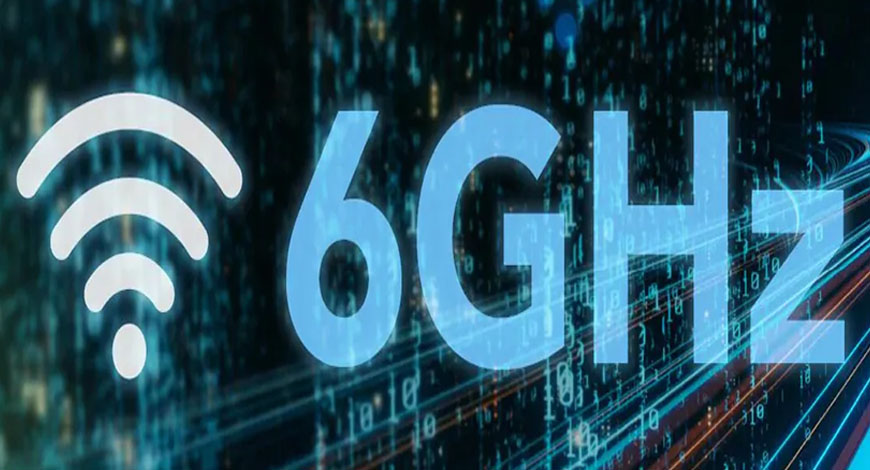5G
GSMA urges India to allocate 5G spectrum in 6 GHz band

Allocation of 5G spectrum under the 6 GHz band for mobile services will be beneficial for India as several countries are pushing for allocating telecom spectrum in the same range, according to global telecom industry body GSMA.
In a letter to union telecom minister Aswhini Vaishnaw, GSMA Director General Mats Granryd said the spectrum in the 6 GHz band is the only large contiguous block of radiowaves left in the mid-frequency range, and India will also benefit from its capacity.
The telecom industry said the cost of network rollout in this frequency will be lower as compared to the next set of suitable spectrum for 5G available in higher frequency band.
“India would also considerably benefit from this additional capacity given India’s accelerated digital adoption and leadership in the digital space, including in 5G. This digital leadership requires India to match the spectrum roadmaps of the leading 5G nations, which 6 GHz capacity will support,” Granryd said in the letter dated December 12.
GSMA in another letter to Vaishnaw last month had said that the 6 GHz band is the only large contiguous block of mid-band spectrum that can deliver affordable 5G services.
Some companies who provide WiFi services have demanded that the spectrum in the 6 Ghz band should be allocated for WiFi services.
“Unfortunately, the position taken by the Indian administration so far at the WRC-23 has been at variance with the larger consensus being developed and we are concerned that this may have a long-term impact on India’s laudable digital ambitions,” Granryd said.
He said that negotiations are going on at World Radiocommunication Conferences 2023, under the aegis of UN’s telecom body ITU, and consensus is building around the use of the 6 GHz band to address the capacity requirements of 5G and beyond.
“Countries throughout Europe, the Middle East, and Africa are being joined by the Russian Federation, Brazil, Mexico and key countries in the Asia Pacific on the need for this additional mid-band spectrum,” Granryd said.
The International Telecommunications Union decides on the purpose for which a particular set of spectrum bands will be used based on discussions held during the WRC meet.
Granryd said we have sought Vaishnaw’s intervention and support to instruct the Indian delegation at WRC-23 to not oppose the efforts of other countries to find a consensus approach for the band.
“This will allow for the 6 GHz equipment ecosystem to start to develop, which Indian operators and manufacturers can leverage,” he said.
Granryd said GSMA very much appreciates the constructive engagement with the Secretary (DoT) and Member (Finance) at WRC-23 and remains hopeful that a timely intervention by DoT under Vaishnaw’s leadership can bring a successful resolution.
“The 6 GHz band is also essential to achieving the ‘Bharat 6G Vision’ so that India can take its rightful place as a leading global supplier of advanced telecom technologies and solutions that are affordable and contribute to the global good,” he said.
Granryd said that India would also considerably benefit from the additional capacity in the 6 GHz band given India’s accelerated digital adoption and leadership in the digital space, including in 5G.
“The 6 GHz band is also essential to achieving the ‘Bharat 6G Vision’ so that India can take its rightful place as a leading global supplier of advanced telecom technologies and solutions that are affordable and contribute to the global good,” Granryd said. PTI















You must be logged in to post a comment Login